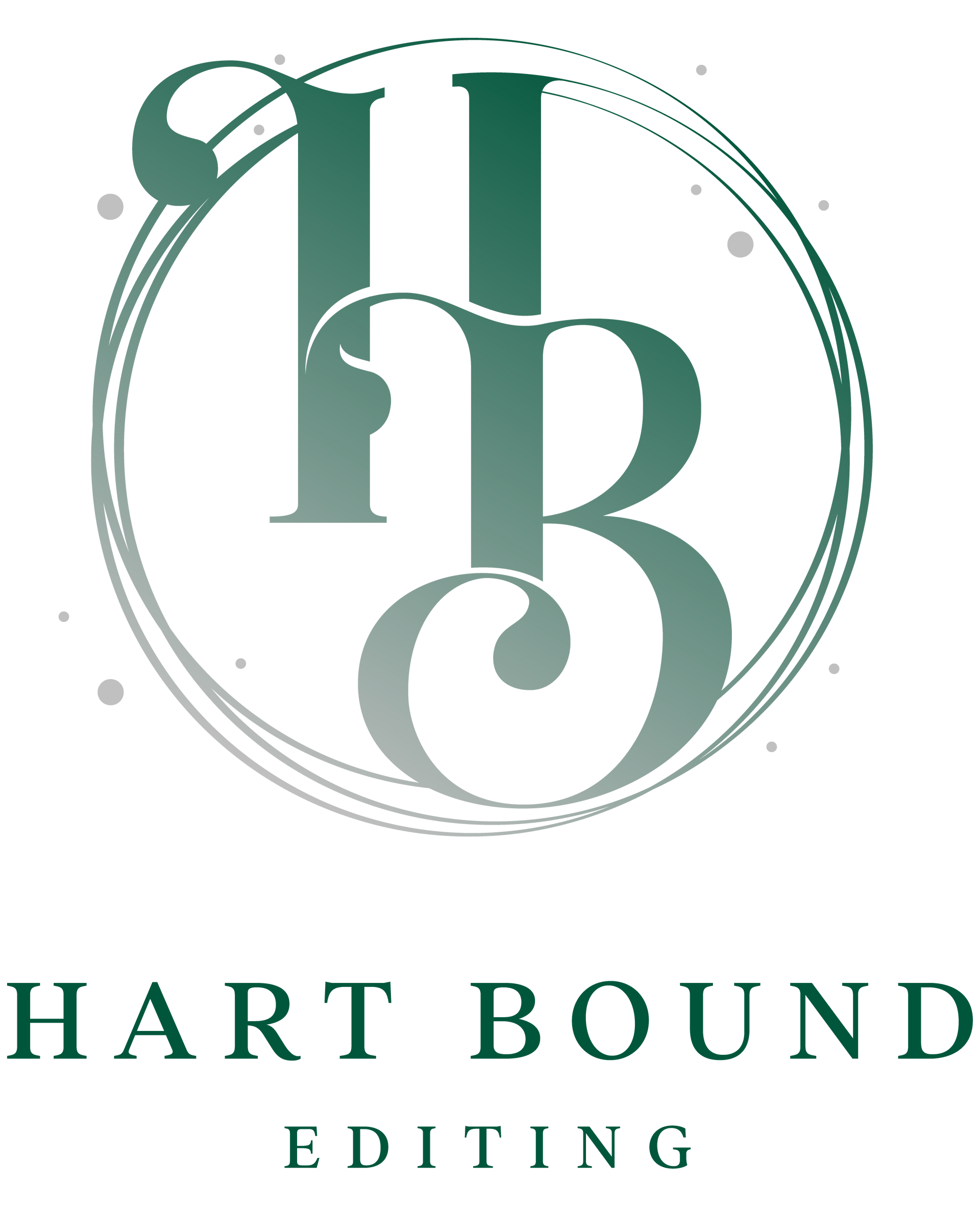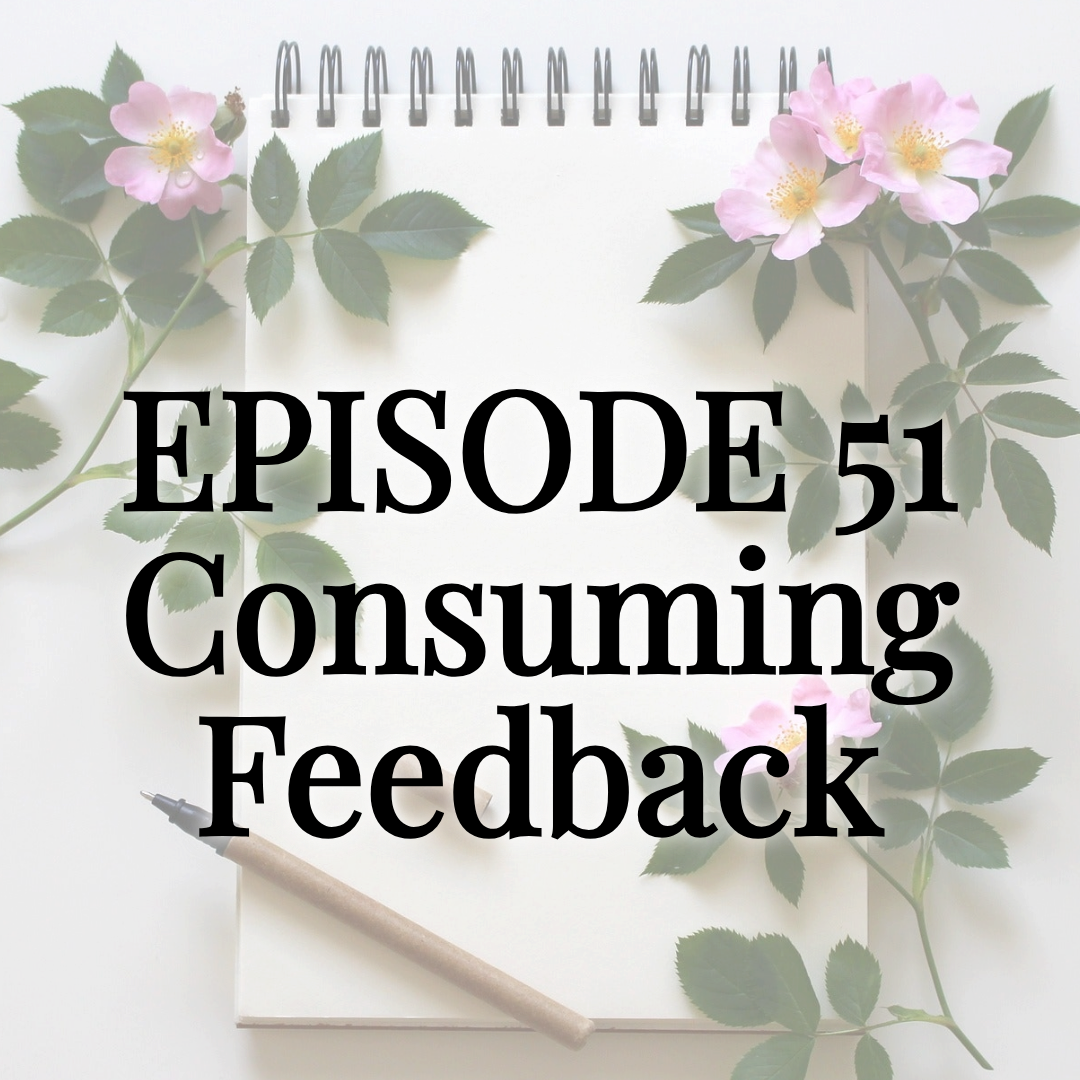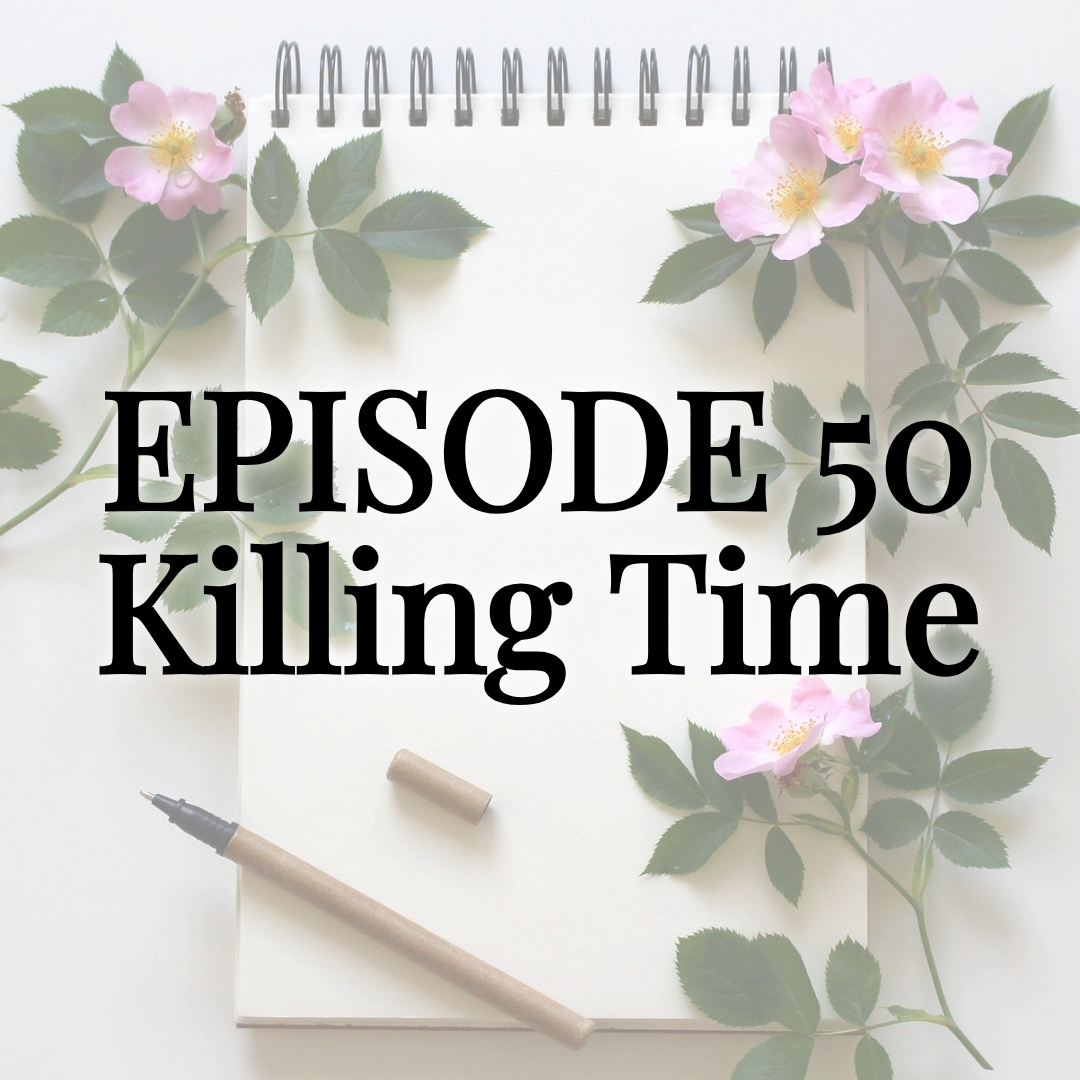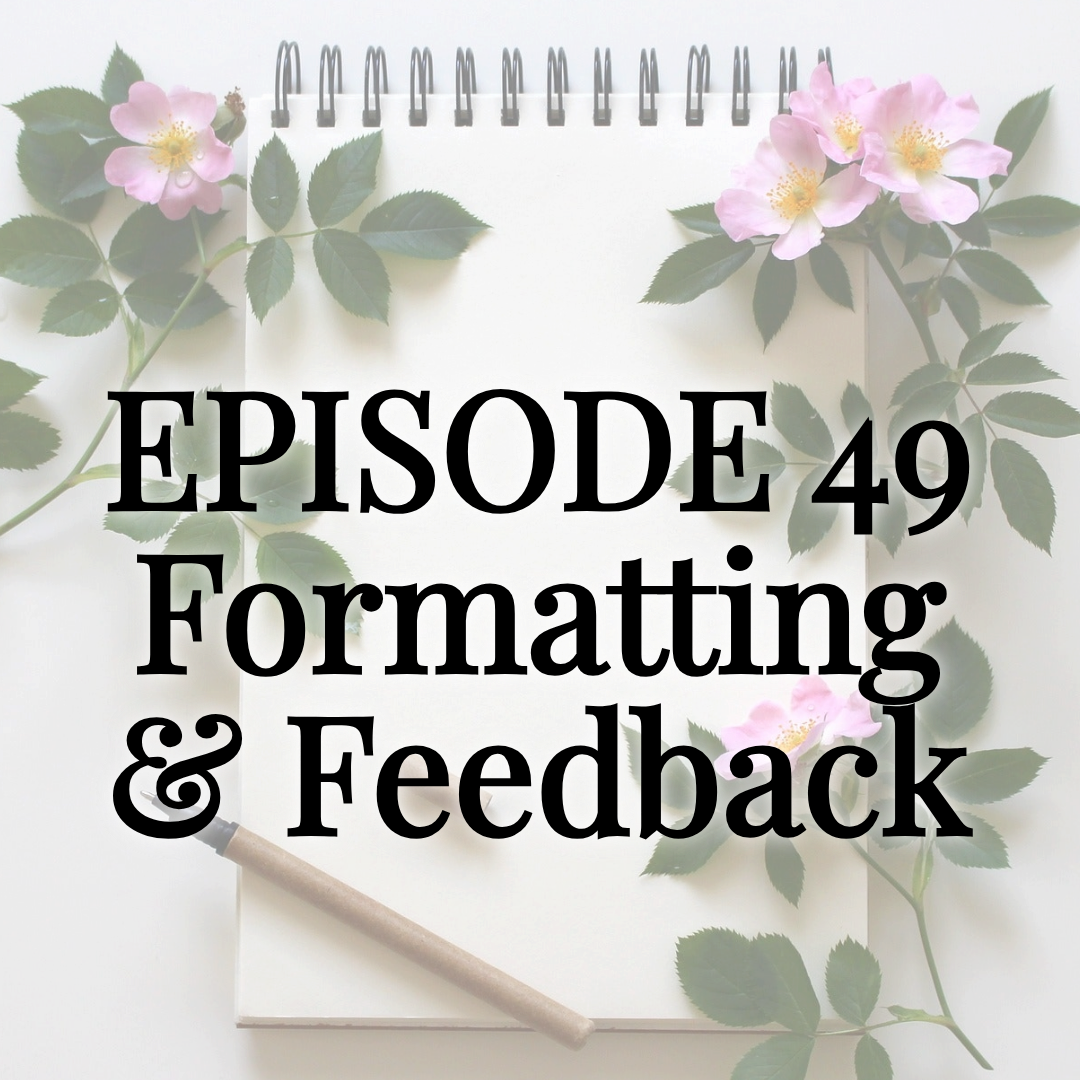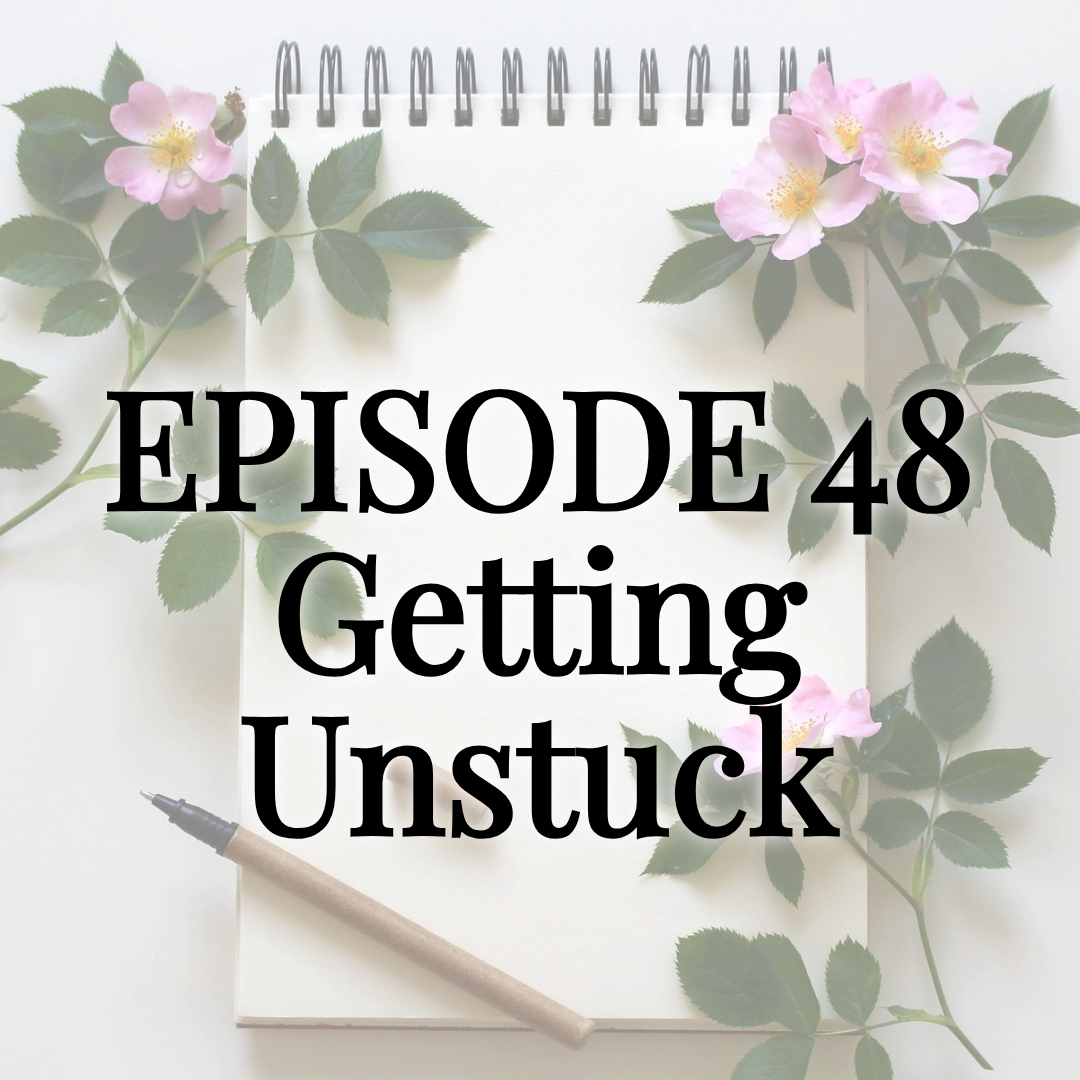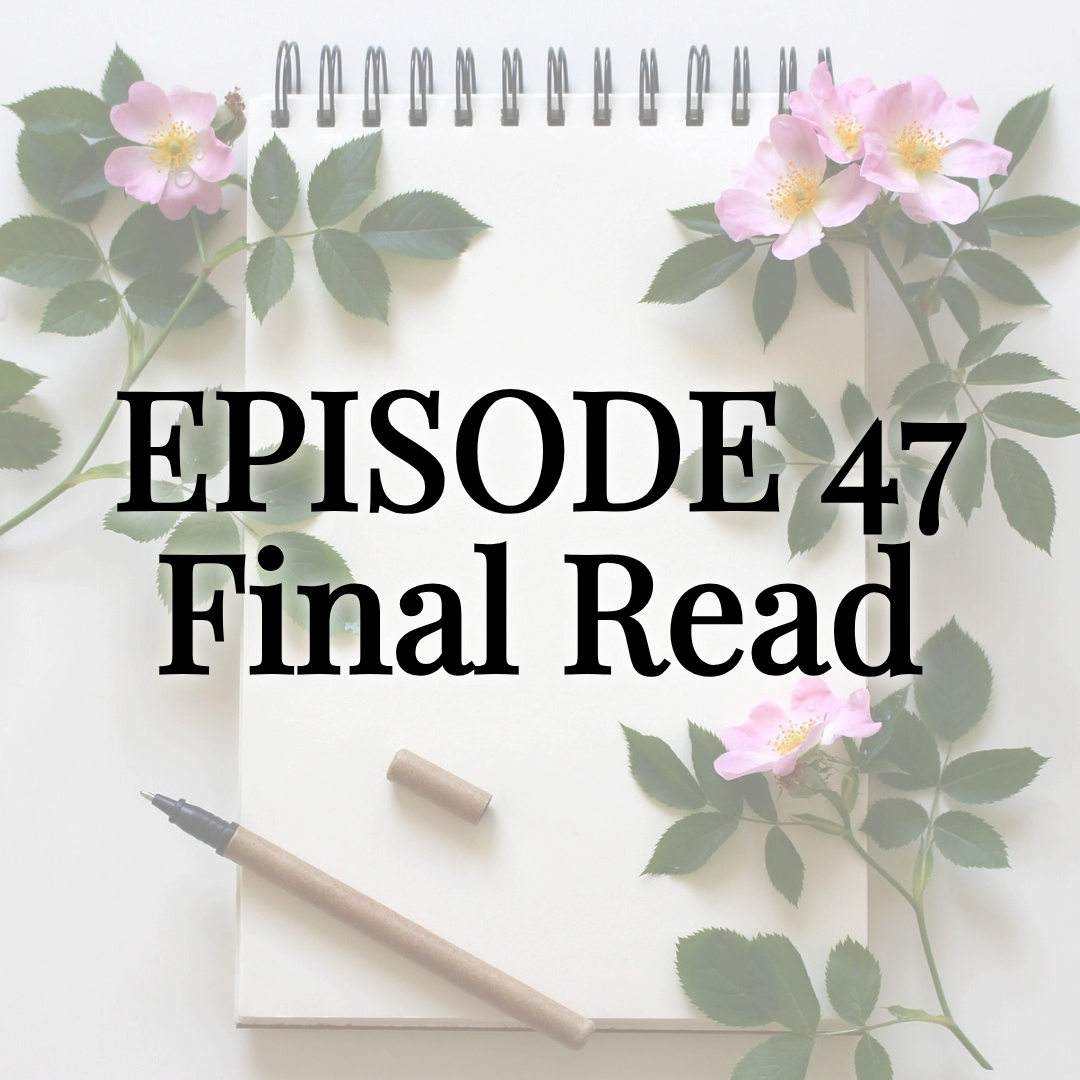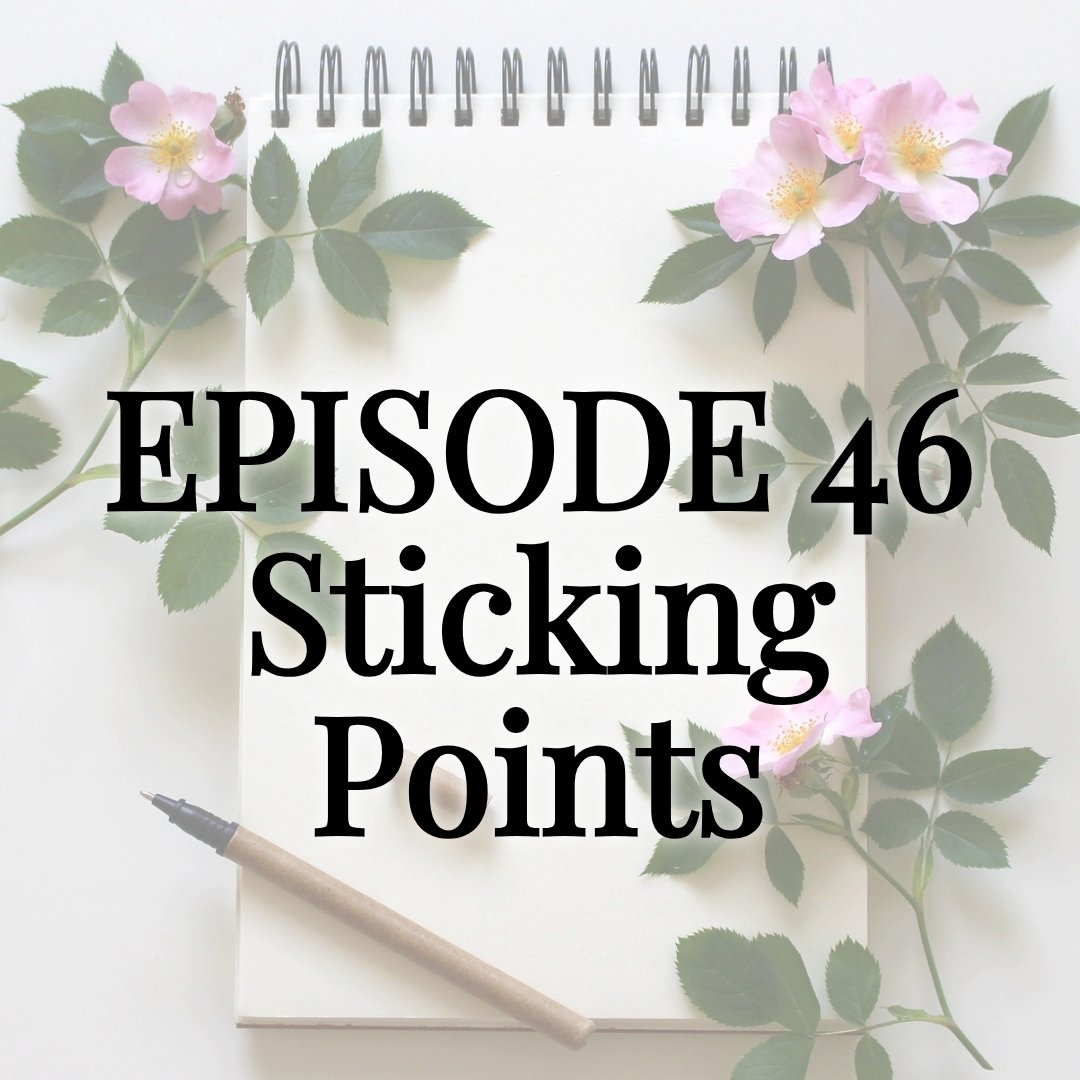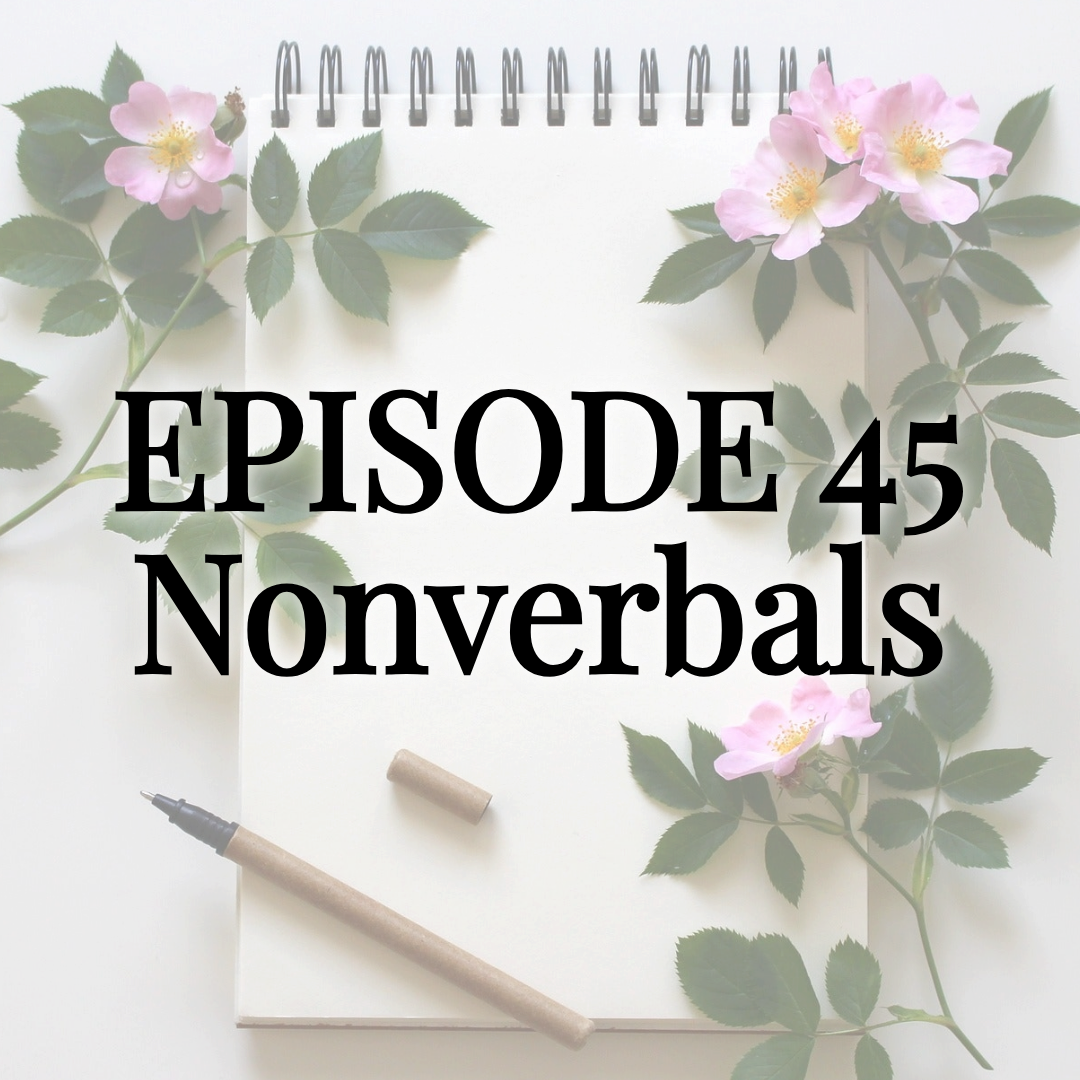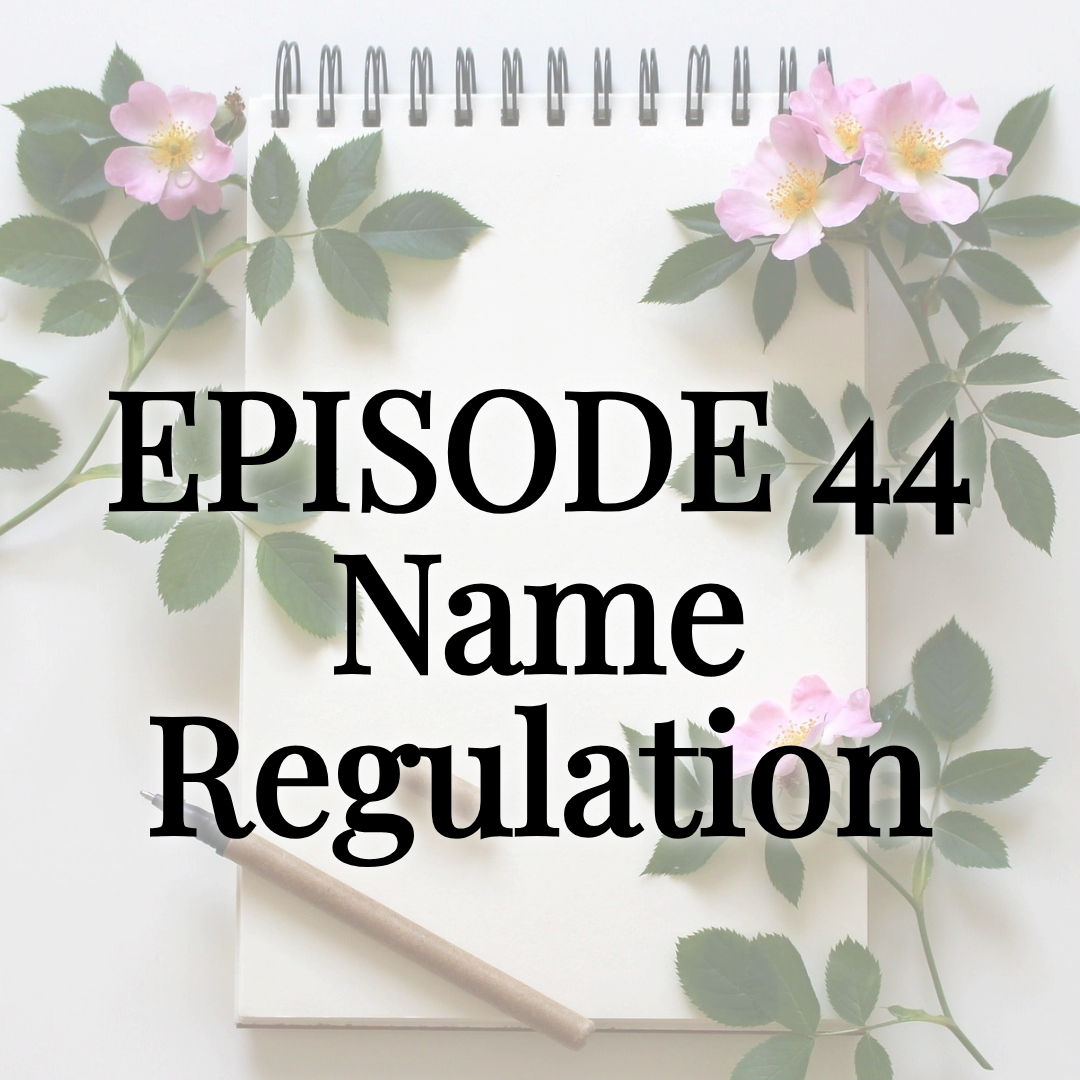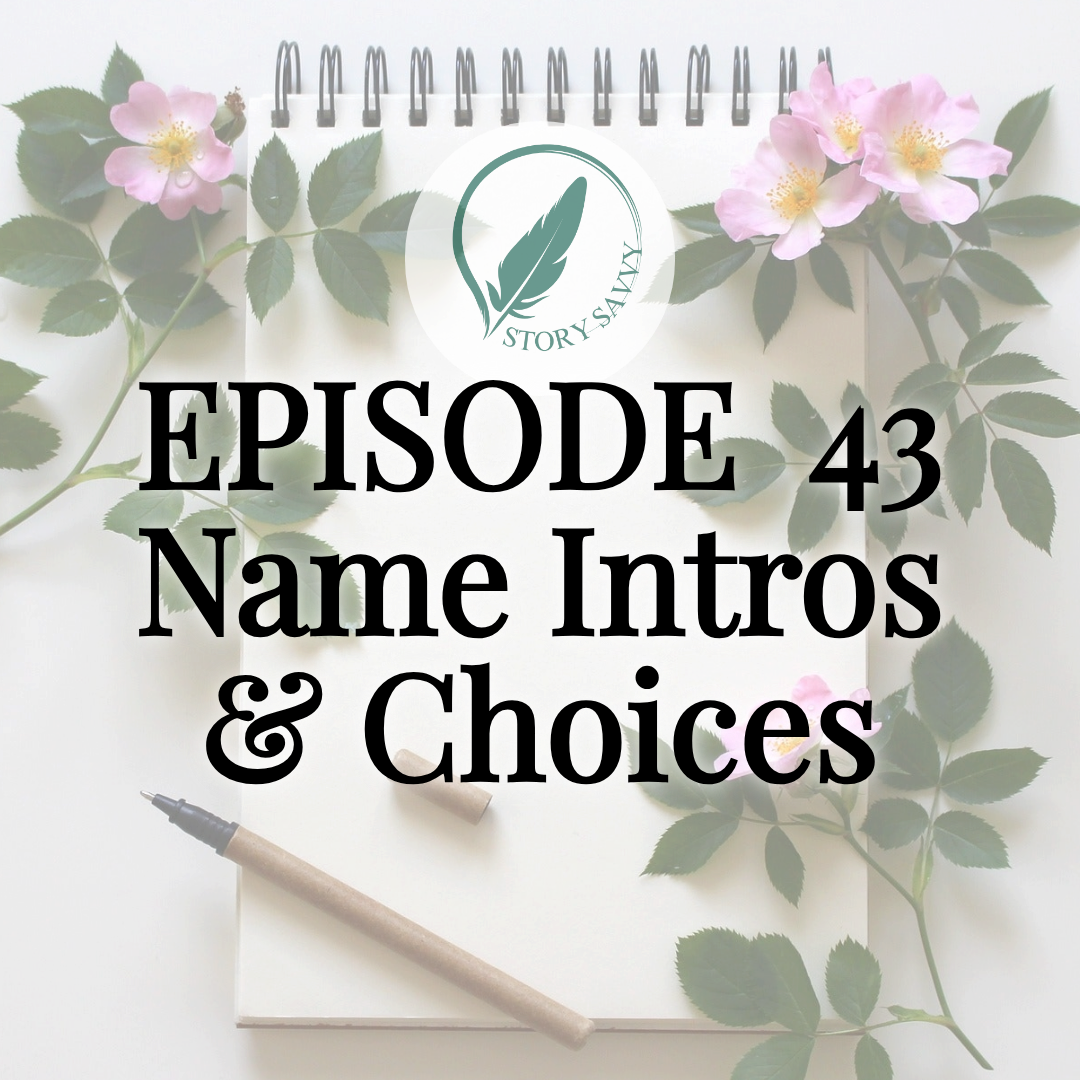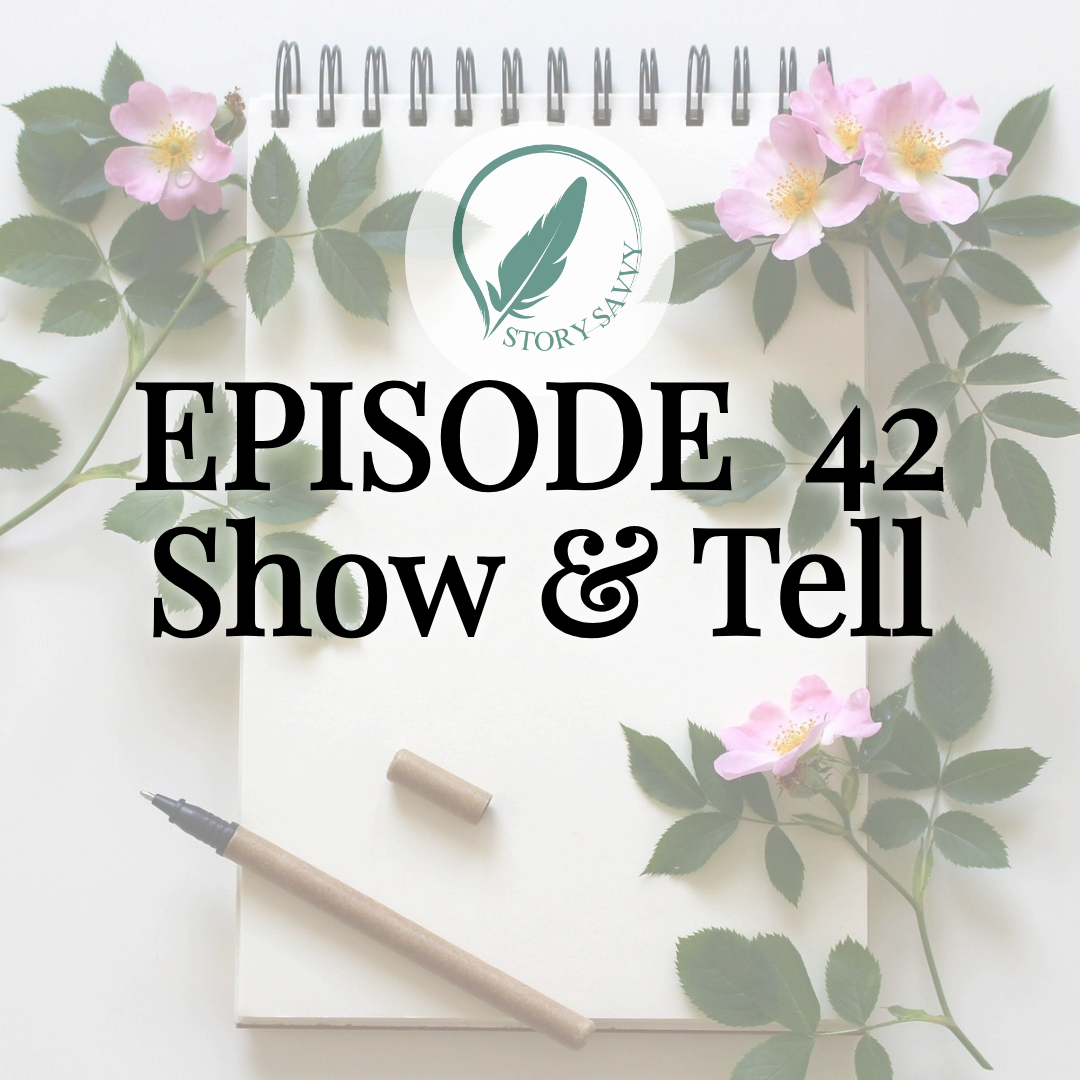One Story or More: Story Savvy Self-Editing Episode 6
Splitting or Combining: After-episode thoughts, overview, and transcript…
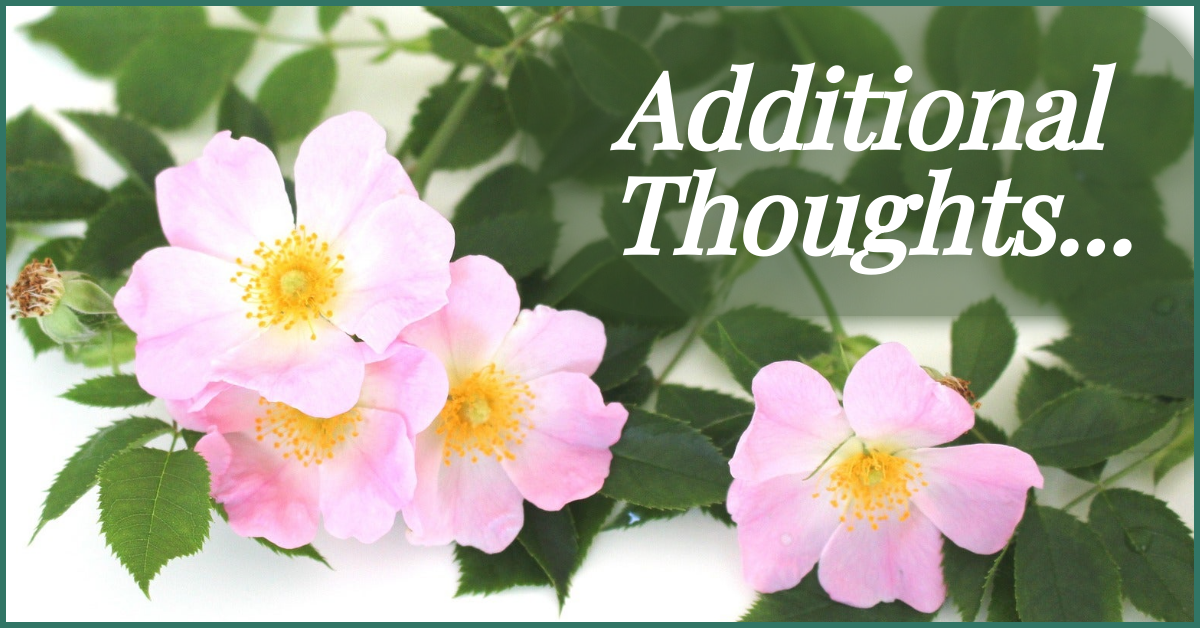
There's one thing I don't feel I covered sufficiently in the episode. How can we split a story apart into multiple books, practically speaking? Especially if the story lines you want to separate are more woven together than if you just want to chop it in half by word count? Here are my suggestions.
-List your major character arcs, plot threads, etc.
-Note the spots partway through that might work as ending points.
-Go back to your inspiration, and just brainstorm until you have a general idea of how each smaller story might look.
-Use post-its, tabs in Scrivener, or whatever else works well for you to rearrange scenes, and note on them what would need to be added or removed.
-Check over the sketched outline for the smaller books, then go copy and paste scenes, paragraphs, etc. into the new order.
-Set it aside for a few days, and see what issues you can think of without looking at it.
-Go fix all the issues you thought of.
-Speed read it, taking notes on things to fix.
-Start in properly on self-editing book 1 with the full process focused just on it alone, and have ONE dedicated place to keep notes on what to change/fix in the later book(s) when you get to them.
Additionally,
Episode 21: Word Count and
Episode 25: Subplots and Plot Threads might be a very helpful companion topics to skip ahead to if you want more perspective on this topic. I will also direct you to
Episode 13: Pacing, as an extended answer to the last question asked in this episode.
Happy editing!
Episode 6 Overview:
One Story or More?
"Do I need to split or combine my story, or stories? How can I make that call, or make those changes?"
Have you ever wanted advice from a developmental editor on how to strengthen your plot, how to become a better fiction writer, or how to edit your book yourself? That is what this 52 week Story Savvy Self-Editing Series is all about.
In this week’s episode, we discuss how to determine the ideal length for your book, and if splitting or combining stories is the right choice to make your story better.
The Hart Bound Editing Podcast joins forces with Authors' Alcove to explore how story length, pacing, and structure impact your novel writing and self-editing. In episode 6, we discuss strategies for deciding whether your book should be multiple stories, how to identify essential versus unnecessary content, and why understanding your genre’s expectations is key.
This 52-week series is designed to help writers navigate self-editing with confidence, providing tools and insights to turn a good story into a great one. Agnes Wolfe, host of Authors' Alcove, asks key questions to Rebecca Hartwell, a developmental editor and founder of Hart Bound Editing.
Together, in this episode, they explore:
- How to decide if your book should be split into multiple stories.
- The difference between cutting fluff and cutting plot lines.
- How to balance pacing and structure in your novel when combining ideas.
- The impact of book length on indie versus traditional publishing.
Rebecca shares expert guidance on how to approach editing without losing your story’s heart, while Agnes provides relatable insights from an aspiring author’s perspective.
Recommended Resources:
Writing with Passion and Purpose – Inspiration from Agnes Wolfe: [http://authorsalcove.com]
Have questions about self-editing your story? Drop them in the comments, and Rebecca and Agnes may answer them in a future episode.
See you next week for episode 7: Strong Beginnings, Middles, and Ends!
Episode 6 Transcript:
One Story or More? Splitting or Combining stories.
Rebecca Hartwell: Hello and welcome to the Hart Bound Editing Podcast. This is episode 6 of the weekly Story Savvy series, where we tackle the 52 biggest self-editing topics and tips to help you make your good story great, as an aspiring author asks me, a developmental editor, all of the questions you've wanted to.
So far, we have covered target audience, genre, and the core hearts of our stories, as well as our non-negotiables, and today we are going to get much more technical and talk about story length. By the end of this episode, you'll hopefully feel well-equipped to decide if splitting or combining your stories or ideas are the best option for what you're working on and your goals with it.
Agnes Wolfe: Hi, my name is Agnes Wolfe, an aspiring fantasy author who hopes to release her first middle grade novel later this year, and also the host and founder of Authors Alcove. I'm here to get into the nitty-gritty about splitting or combining our stories with a developmental editor who has helped dozens of authors refine their books.
So, my first question for today is, have I seriously assessed if I am telling one story or is it honestly multiple stories, which I should split out into multiple books, even if they are shorter? Where do you want to start with that?
Rebecca: All right, so first off, I want to talk about different ways to look at splitting. So, a lot of people, when they're thinking about splitting a book into a series or just a duology or anything like that, they think that you have to just pick a spot in the book and write ‘The End’ and then that's the split. You just cut it in half exactly as it is. And before we do anything else, I just want to put it in your head that that's not the only option.
I much more strongly recommend, often, particularly in fantasy, particularly in epic fantasy, particularly in basically all of the arenas that I play the most in, is that you can also split stories by topic.
So, let's say you've got a massive book, and you've got five different plotlines and four perspectives, and you've got a lot happening. The way that I recommend splitting a book like that is not by word length. It's by what's covered. So, if I was working with you and you wanted to split that book, what I would recommend is that you separate out the different plot points, and you'll obviously have to re-kajigger the timeline a little bit to make it all make sense and flow linearly. But instead of just going, “oh, here, I'm going to chop the book,” I just want you to think about the option of, “okay, well I'm going to take this character's arc and separate it from this character's arc. And I'm going to take this scene and everything that leads up to it and back out of it, and that's going to get pulled out of that story and put into this other one as its own beginning, you know, climax/middle, and all that kind of stuff, leaving this other plotline with a lead-up to it and a main story event and then the resolution as the only main storyline in the first one.”
So, when you're thinking about cutting things in half, I like to use the metaphor of pickup sticks, and I realize that that's dating myself a little bit, but if you have a bundle of different colored sticks, you don't necessarily want to just chop all of the sticks in half by length. What you want to do is sort all of the red and orange ones into one pile and all of the blue and green ones into another, if that mental image helps you understand one of the ways that we'll be talking about splitting stories here.
So, another consideration is the different…requirements is a little bit of a strong word here, but length considerations for the indie publishing route where you're doing it all yourself, so self-publishing, or if you're going the traditional publishing route.
Lastly, you are going to have a harder time making this call until you know whether your word count tends to go up or down during the editing process. So if this is your first book, I suggest that you, you know, tuck this away in the back of your head and bear it in mind, but that you go through the editing process once fully before you really start thinking about these things, because I know some authors who edit to slim, and their book comes out 20,000 words slimmer than their first draft. I am not that kind of person. I always end up adding thousands of words to my word count through the self-editing process from, you know, big macro moving scenes around all the way through fixing typos. So, knowing that about yourself is the third ingredient here that I just want to lay the groundwork with.
Agnes: Okay, so what is too long and what is too short, and how do we know those magic numbers?
Rebecca: Well, this is a very individualized question, because there is no blanket answer of, “oh, well, over this word count is too much.” So going back to topics that we've already covered in this series, I would encourage you to just do a little exercise with yourself in a notebook.
So, if you know who your target audience member is, if they're a real person that you know, ask them, “hey, do you like long books? Do you like medium books? Do you like novellas? What do you like?” If this is a simulated person, see if Google can do some research for you. See if you can come up with an answer of, “hey, most 14-year-olds like reading books about 50,000 words,” or whatever that answer happens to be.
Genre is probably the biggest definer of ideal word count, and we will definitely go into that a little bit deeper later on. But that's definitely the one that you should be paying the most attention to, and if you do no research on anything else, do research on genre.
And you've also got considerations about submission requirements. So, this is why I brought up the difference between Indie and Trad. So, in Indie, you can technically do whatever you want. The research is so that you're going to satisfy your readers and be more likely to be bought and that kind of thing. But in Trad, when you're submitting to an agent or a publisher, they will almost certainly have very strict requirements. I think one of the most common that I've seen is it has to be 70,000 words to 100,000 words. And so, when you're looking for these guidelines, you should have some idea of who you're submitting to, look at their website, or email them if they don't have a website (which they should, just to be clear) and have those numbers written down, and do not go outside them. Trad is flooded with manuscripts. And the least that you can do is make sure that if it says a minimum requirement of 80,000 words, you have at least 80,000 words. And if it has a maximum of 90,000 words, you do not have 90,001 words in your manuscript. So that's a big one if you're on the Trad side of things.
And then lastly, the consideration for coming up with your magic number for length is your purpose with the story and your goal with it. So, if your purpose is to introduce this cool concept to the world, and that's it, then you might want to just write a 10,000-word flash fiction, or short story, or whatever that technically would be. But if your goal is to flesh out a massive, high-fantasy world, and change the way that your readers think about a massively important topic, you're probably going to need more words than that.
So that, really speaking to purpose, and then goal is just kind of circling right back around to, are you going indie? Are you going Trad? Are you submitting to an anthology? Are you self-publishing? So, there's no one answer to that, but there's a lot of different considerations when coming up with your answer for your book at this point in your life.
Agnes: So, I know mine probably is a little bit longer, but it's fantasy, and I know fantasy can run a little bit longer. But it is middle grade, which, again… So, are there resources out there that we could find what is okay?
Rebecca: Yes. So, first and foremost, I suggest you go to the exact same process that you used for researching your genre on Amazon. So go find the top 100 bestseller list for your sub-sub-sub-genre, if you are in that kind of space.
And the easiest way to get an estimated word count is on the Amazon sales page, right underneath the blurb, there's a little bar with different information. It tells you like when it was published, who the publisher is, the age range it's intended for, and in that bar should also be the page count for that book.
And you can Google this for yourself, you'll see answers of, “oh, there's 250 words per page, there's 350 words per page.” You're not aiming for precise numbers here, so I recommend just multiplying that page count by 300. And that will give you a very rough estimation of how many pages are in that book, or sorry, how many words are in that book. And that's what you should be caring about at this stage, because as you're drafting, as you're editing, who knows what size pages you're working on.
So, beyond Amazon, Google. If you Google, you know, standard word count for books per genre or per format, you can find infographics in like five seconds. And I would recommend looking at several and trying to find consensus, because who knows who made them, but they do seem to be generally at least in the same ballparks as each other. And that can be a starting point that you can then compare to a second source to sort of make sure that they are correct.
I've already mentioned submitting info, so I won't go into that again. And when in doubt, last ditch, you don't want to do any of the rest, just join a Facebook group or, you know, a Discord chat or whatever for other writers or readers in your genre, and ask.
Agnes: So, the next question is something that I'm really curious about, because I am currently trying to decide whether I need to change or whether I need to have more than one story. What are some signs that your book should be broken down into two or more parts?
Rebecca: All right. Well, this is the question of the episode, isn't it? All right. So.
The first thought is if it feels really disjointed, that can often be a sign. And that's often what I'll see when I'm working with clients. And I'll be reading them like “They've got like five POVs, each on their own plot line, and they're not meeting up. This feels disjointed. It's hard to follow.”
That's definitely a clue that you might need to consider splitting out. And like I said, more of the sorting kind than the snapping in half.
Let's see. Trying to do too much with subplots, which I've already touched on, is definitely a sign of, “okay, well, they're all vying for first place. That means that they should probably each get their own book.”
Not feeling like you have enough space to really immerse the reader in what you're exploring or the world that you're building, or enough space to explain all of the things that you're exploring and building enough can be a sign that you just need to give them more breathing room by sorting those things out into a larger format, like a series.
The sheer size is probably the easiest one for people to self-diagnose. I'll see posts in different writer groups on Facebook that's just like, “all right, I finished my first draft. It's 300,000 words. What do I do?” And the answer is: you make it a trilogy. But so, size, pretty obvious there.
I've seen the wording of like, feeling that the story is all over the place. And that can be diagnosed many different ways. But if that's in combination with any of these other symptoms, probably a decent indication.
And lastly, realizing... So if you, like I said, read the book and not take notes, and then you're processing afterwards, if you can diagnose at this early stage (and we'll get into this more later) that your major plot points—so let's say your inciting incident, whatever kicks the story off, the turning point, so whenever the protagonist hits that brick wall metaphorically, and is just like, “all right, I need to change how I'm approaching this in some way,” the crisis, so the biggest decision they have to make, the moment where you see that character change actually happen from timid to brave, from passive to proactive, whatever that is, the climax, and then the resolution, which is whatever you show—So that the resolution is where you show, “all right, the climax happened, and here's how that worked out for everyone.” If all of those major points aren't super clearly connected, if it isn't very much a chain of, “all right, this causes this, causes this, causes this, causes this,” that can, again, be a symptom worth further investigation. That perhaps you actually have multiple plots that are trying to be one but would be better served if you split them out and let each of them have their own logical progression from start to finish.
Agnes: So how can we tell the difference between when we should split it into multiple books, or just slim down the book completely?
Rebecca: Well, again, there's no one clear answer. It's not like I can say, “well, if it does this, you should do that.”
But trying to answer that in a way that any listeners can interpret for themselves, if you don't know the difference between fluff (or shoe leather or purple prose or whatever you want to call that), and too much content, then that's worth taking a moment and just researching on its own.
Fluff is things that don't move the story forward, that don't impact the character in ways that will eventually force them into their character change. It's things that don't really connect to your story statement of “this is a story about X.” And fluff should be scrapped. Fluff should be trimmed. So, if your story is, let's say, you know, 20,000 words over your word count, and it feels a little bit fluffy, feels a little bit squishy, then trimming is probably your better option. And if you are working with a professional editor or free readers of whatever description, it's pretty common practice to just say, “hey, one of my primary goals is to slim this down.” And outside perspectives can be very helpful with that.
But if your issue is too much content, which is everything that I just listed about too many plots or too much trying to happen, or the different plot points aren't connected, that is where you should consider splitting. Because if you have too much content, if you have too much plot, if you have too many characters trying to do meaningful character arcs, that's when you should split them out so that you can put more fluff in. Because they do need a little bit of breathing room. So yeah, it's just, yeah. So, fluff versus content is the big one.
The other big one is knowing what's expected in your genre. Because some genres are fluffy. And that's what readers like reading. And there are subgenres of fantasy that are absolutely that. They like to hear—I'm thinking of Tolkien here—like, they want to hear the in-depth descriptions of all the meals and have all of the songs written out with sheet music. But there are others, particularly thriller, where it has to be tight. It has to be so, so, so tight with no fluff, all content, and that content has to be really coherent. So again, you should know your genre. This is why we covered this before we got here.
And then if you're feeling resistance about it, if this question is coming from a place less of, “I don't know,” and more of “I think I know, but I don't want to acknowledge it,” then one of the considerations that I would ask you to explore is that splitting things out can be really creatively fruitful. If you're feeling like, “oh, I don't want to split it out because I don't know what I could do with two smaller stories,” think of it as an opportunity to do a lot more with each of them. Think of it as, “oh, well, I had this idea that I set aside because I didn't have room for it, and I can put that back in now.” So that mindset can help sort of decide if you're going to do it, if you're not going to do it, because fear is a factor in all of this.
And in that, deciding if you want to do a dynamic series where you follow one sort of macro, macro, macro arc from the beginning of the series to the end with one protagonist, one character arc, one arc for the world, or if you want to do a standalone series, which is very common (well, relatively common) in contemporary romance, where it's all set in the same place, and it is on a linear timeline. But book one couples—or sorry, book one focuses on couple one, and then some of their friends become couple two in the second book, and they're the main focus, and so on. So that might help you make that call about whether it should or shouldn't, if you want to or you don't want to split it.
And yeah, again, just deciding if you want it to be really tight and just cram-packed full of plot, or if you want the extra room and maybe compartmentalization.
Agnes: So, this is very personal to mine, but like, how can I make sure that both stories feel complete if I split it into two? Because there is a storyline that I'm thinking about pulling out, how can I make sure that it's a complete story as well?
Rebecca: Yeah, great question, and another good point to bring up this early in the series.
So again, there isn't really a simple answer to this. Basically, my advice is: consider all of the stuff that we've covered in this episode up to this point and make that call. Just flip a coin if you have to but make the call on if you want to put in the work to slim it down into acceptable word length for your genre, or if you want to put in the work to write two different books.
But once you've done that, once you've made the call, you just follow the same process as you would if it was one book. We're going to go through from the first line of the book to the last, and we're going to go through all of the things to consider, and ways to look at moving things around, what to cut, what to add, all of that sort of stuff.
So once you've made the call to split it, you know, spend a day and come up with some idea of how you actually want to rearrange different plot lines, or character moments, or whatever, and then take each of these two, or three, or five (or how many times you split it down stories) and take each one through this self-editing process, one at a time, like it's just any other book.
Agnes: So, what if I think the multiple books will be too short if I split the one too big book down?
Rebecca: Yes, common hesitation there. So, I've covered a little bit about that, of just, you know, resurrect old ideas, put stuff back in that you'd cut, whatever. But I also have a couple pieces of advice here that I love giving, which is: 1) make more things go wrong. And that's not just a story, you know, expanding piece of advice, that's general good plot advice, especially for epic fantasy, or action adventure, anything where the bigness matters to the quality of the story.
And then another piece of advice that I've actually used when I was trying to expand a story to be full length for what I was going for, is 2) simply start your protagonist further back from their eventual goal than you originally did.
So, let's say you're writing a story where the protagonist, you know, classic hero's journey. So, they are living their ordinary life, they get tapped on the shoulder with a quest, and they have to set off into the world. Well, if that's not going to get you up to your word count, how about you start them in a different town? And you have to give them a new inciting incident that forces them to go to the second town, because of, you know, story-relevant reasons that connect to your story statement and all that kind of stuff. And that's where the original then picks up.
So, you're adding more length to the path of that story. And I don't recommend doing that too much at the end, because after the climax, you should have only enough content to really show whether the protagonist made the right choice or the wrong choice in their climax. If you carry that on too long, it just loses interest.
But if you take that protagonist's starting point, and you're like, “all right, how can I make it a lot harder for them to even get to that starting point, drop them off there, and then give them a bunch of hurdles to get over between those two points?” that's a much more productive way to expand a story.
Agnes: So, on the other side of things, how do we know when we should just add more to the story as it is, or add in a second story idea as a subplot or additional complication to the main story? I guess you've been kind of talking about that already.
Rebecca: Yeah, but we've mostly been talking about, you know, cutting down a bigger book and then dealing with that.
But if you have a story on the other end of things, let's say you did NaNoWriMo, and you wrote 50,000 words, and that was your whole story, and then you realize that standard for your genre is at least 80,000 words, that's a different approach to it.
So, looking at it from that side of things, then it's a similar process to bulking up a book that you've split out. Again, know the difference between fluff and content, because I feel like in this particular situation, people tend to be like, “oh, well, I need to add 30,000 words. I'm just going to make these chapters much longer, and I'm going to describe so many details.” And again, there's wiggle room depending on what genre you're in, but for the most part, if you just make sure that your mindset is about adding content, so specifically plot and character, over fluff—be that descriptions, or, you know, monologues or whatever your particular bent is—then that's already a significant head start.
But I will also circle back to getting outside feedback, because that's something that I have helped people with, and I really enjoyed helping people with this. It's a fun problem to have, of just going, “oh, well, you had an opportunity here to make this go way worse than it actually did, and you could play with that a lot.” And, “oh, well, you had this opportunity over here to have them go, like, have to overcome way bigger obstacles to get to whatever point they're at three chapters later.” I love that kind of stuff, personally, and I'm sure I'm not the only developmental editor or critique partner or beta reader who feels that way. So outside feedback, and particularly from someone who knows your genre and knows what word count you're going for, can be really fun for both of you.
Agnes: So, what if my book then becomes too long when I start adding all these things?
Rebecca: This is the seesaw problem. You have something too big, you cut it down, it's too short. You have something too small, you bulk it up, it's too big.
Again, fluff versus content is one of those considerations. We will, like I said, go over slimming… what’s the word I’m looking for… tools and approaches later in this series, so that will be helpful.
But honestly, don't worry about it until it's done and you have a real word count to assess. So, if you're looking at a novella and you want it to be a full-length novel, don't stress about it getting too long until it actually is, if that makes sense.
I've said this before, I'll say it again: done is king. Getting the book written should be the priority until it is completely written. But if you're still worried, then look at breaking down—So specifically in the context of, let's say you have two smaller story ideas, let's say two novella ideas, and you want to make a full-length novel, so you've combined them. Going back to my pickup sticks metaphor, you've taken your orange and your red and your blue and your green, you've mixed them all together. In that context, what you might try doing, if it ends up too long, is breaking down those, let's say, two ideas that you had, because that's usually what I've experienced, and try breaking them down further.
So, let's say you had one story idea that was main plot, and then you had two subplots underneath that. And you had story two that was one main plot with a subplot. Well, that's kind of five plots that you're playing with there. So, if it's ended up too long, see if one of those subplots can come out and get it down to that golden range for word count.
And that's, you know, not the easiest in the world. And again, outside feedback can help with that. But it's definitely better to cherry-pick what really matters to include in that story and set one of those subplots aside for something else, than it is to, you know, part-and-parcel combine these two stories, because that's the way you had the ideas, and you want to keep it that way.
Agnes: So, I know we need to wrap up here. But I did want to ask one more question. How does all this relate to, like, the pacing of the story?
Rebecca: Yes. First of all, pacing is a little bit nebulous. Different people have different definitions for that, different understandings of it, different impressions of what affects pacing. So, first of all, I will say that my definition of pacing is basically reader investment. And how—I can't even say how quickly things move past. It's more of an emotional thing for the way that I look at it and the work that I do with my clients.
So slow pacing is the quieter moments in the book. And it's when you're getting lots of little details about things that may or may not matter, but they're interesting. Whereas fast pace is when the protagonist is having to process a lot in a short period of time. So, it's when something goes wrong, and they have to readjust. It's when they're put in a position where they have to make a really difficult choice, and they've got a time pressure on that. So, what happens when a book is too long because of fluff is that fluff gives the protagonist too much space to think. It gives the action too much time to take place. So, taking that fluff out will help.
But we're not talking about that. We're talking about splitting stories. So often when you're talking about taking a book that's too big and splitting it out, the pros for pacing there are that you will have a lot more control over it because you're not trying to just cram it all in to fit into that space. You have more control over where you slow it down and where you speed it up. And because you're narrowing what it's covering, that's going to help with interest in the story and investment in the characters and all that kind of stuff as well.
The cons are that you may lose some speed of that pacing because you are giving it that extra room. This isn't really applicable if you literally have a 200,000-word novel and you split it into two 100,000-word novels that are already the perfect length. But, when you’re doing this, one of the considerations for spitting something out is making sure that you have enough open threads at the end of book one that are sort of leading into book 2. So, maybe they got this McGuffin, they got this quest item and they used it, but there’s still part of the prophesy left at the end of book 1, and that’s going to lead them into book 2. So, when you split, if you haven't done a series before and you aren't familiar with these concepts, you just need to make sure that there's a really solid reason (or five) for the reader to finish book one, go, “Yes, that was great, I feel so satisfied.” And then think something along the lines of, “Oh, but what happened to so-and-so?” and then go pick up the second book and finish out that macro arc that you had originally written as one book.
So for combining smaller books up into a book that's big enough that it meets your requirements, the pros of this are that you can—well, trying to stay focused on pacing here—ideally fix the pacing, because instead of adding in a bunch of fluff to make it big enough, you're adding content, and that's going to be much faster paced. If you're adding fluff, that's slow. If you're adding more plot, that can, again, give you a lot more room to play with where you want it to be fast and where you want it to be slow, because you actually have enough content to do fast as many times and for as long as you actually want it to.
The cons for pacing specifically are that when you've combined these two ideas like that, it can create coherence issues, which is a pacing issue. So, making sure that you've got these two story ideas actually integrated onto one path and that you are managing the pacing—slows and fasts, emotional highs and lows—for that one integrated path can be challenging, but it's worth it.
Yeah, does that answer your question?
Agnes: It does, and thank you so much for all of your insight.
For me, I know personally this is really good because I do have like a scene—well, it's scenes, I should say—that are at the end of the second book and at the beginning of the third book, and I realized that I think that's like a whole story on its own. And so, yes, definitely good things to think about, especially as I'm starting to plot out my book two.
Rebecca: I think we've all been there at some point of just, “Okay, this is not as small a topic as I thought.” I am definitely grateful that we could go over this topic this early in the series because it's such a big decision to make in deciding how you're moving forward. Are you editing one book, or are you editing three, one at a time? So, it could just make such a huge difference in the self-editing process up to and, most importantly, beyond this point.
Next week, we'll focus more heavily on global story structure, which is, I think, what most people were probably expecting from this series and is definitely one of my favorite areas to teach and to work on.
For now, I would like to really thank our listeners. You could help us out by liking and subscribing to the Hart Bound Editing Podcast and the Authors' Alcove Podcast, and we would be very grateful. You can find lots more content for fantasy authors and readers on both of those.
Agnes: I can't wait to chat with you again. Thank you. See you then.
Rebecca: Bye.
Rebecca: Thank you so much for listening to the Hart Bound Editing Podcast. I look forward to bringing you more content to help you make your good story great so it can change lives and change your world. Follow along to hear more, or visit my website, linked in the description, to learn how I can help you and your story to flourish.
See you next time!
